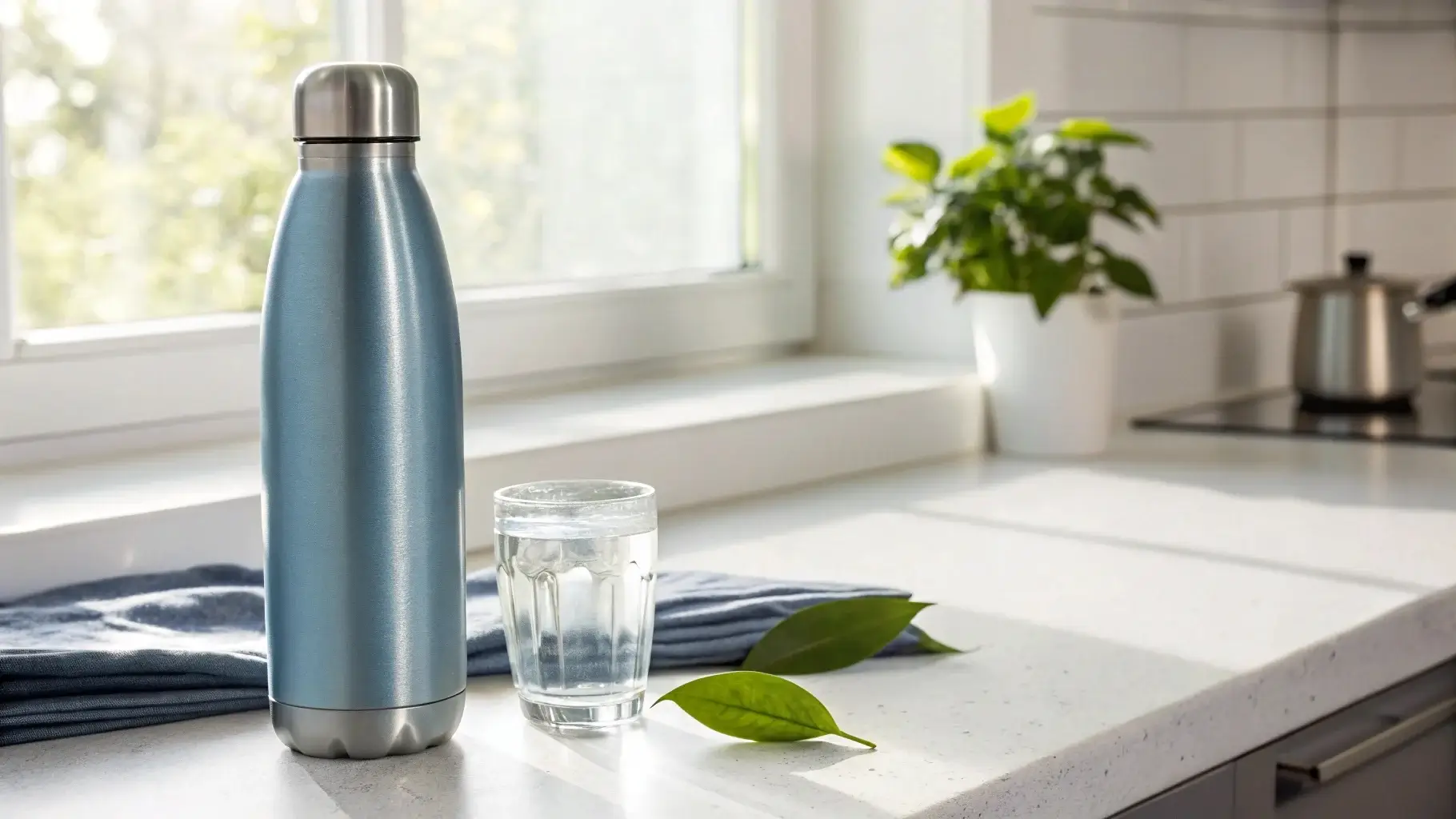
Stainless steel looks clean and strong—but is it really safe to drink from every day?
Yes, high-quality stainless steel (grades 304 and 316) is safe for drinking. It resists corrosion, doesn’t leach harmful metals, and meets international food safety standards.
Many people worry about what goes into their water bottle. This article gives you the facts about stainless steel and your health.
What Is Stainless Steel and Why Is It Used for Drinkware?
Stainless steel is everywhere—but is it really a smart choice for your water bottle?
Stainless steel is a strong, corrosion-resistant alloy made mainly of iron, chromium, and nickel. It’s popular for drinkware because it doesn’t rust or affect flavor.
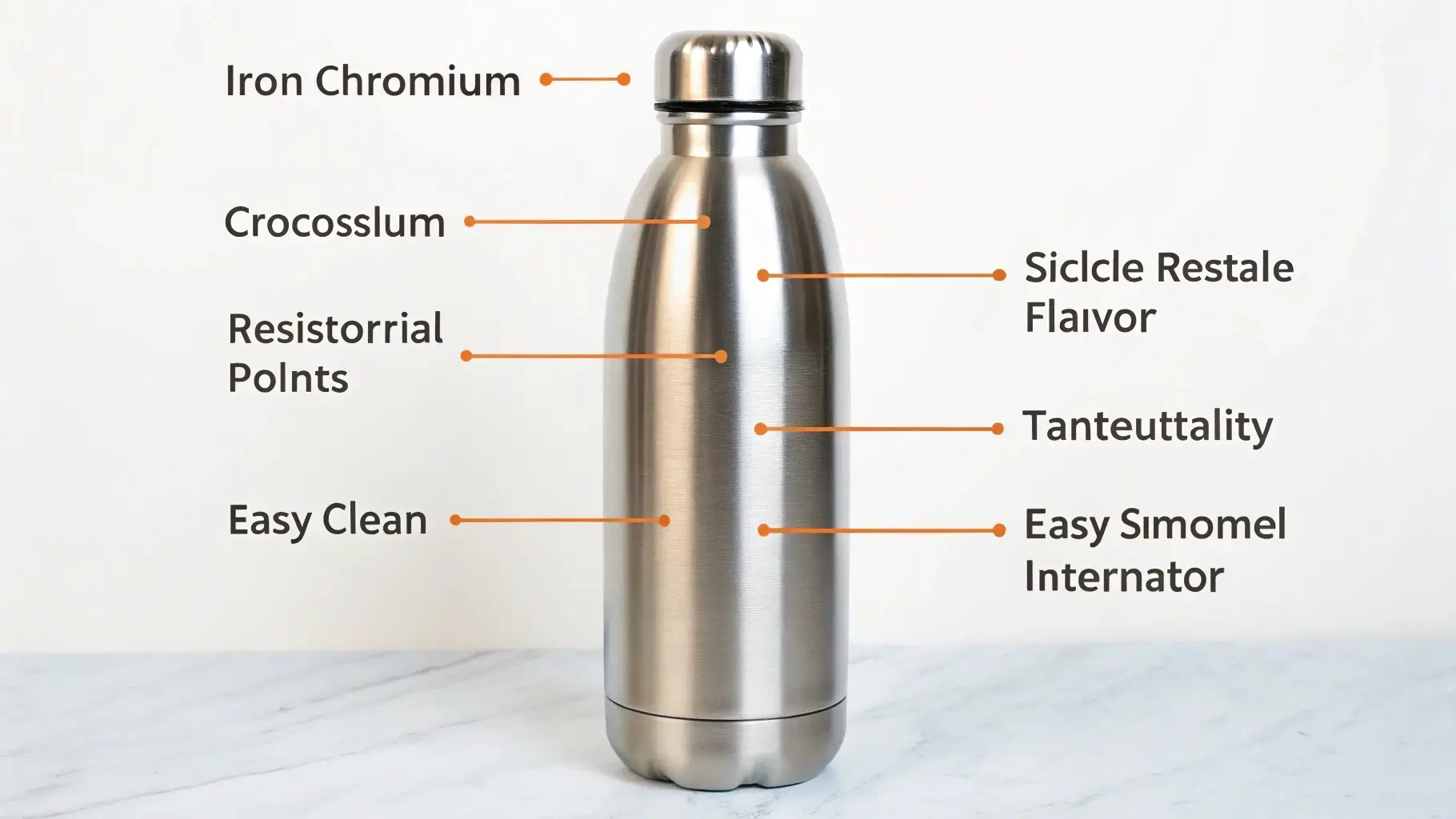
Why It Works for Bottles
Stainless steel’s strength and ability to resist corrosion make it ideal for reusable bottles1. It can handle heat, cold, drops, and acidic drinks without wearing down. Plus, it's easy to clean. The smooth finish also helps stop bacteria from building up inside the bottle.
Food-Grade Stainless Steel: Grades 304 vs. 316 Explained?
People hear "food-grade" a lot, but what does that really mean for stainless steel?
Grade 304 and 316 are the two most common types of food-grade stainless steel. Both are safe, but 316 is more resistant to acids and salt.
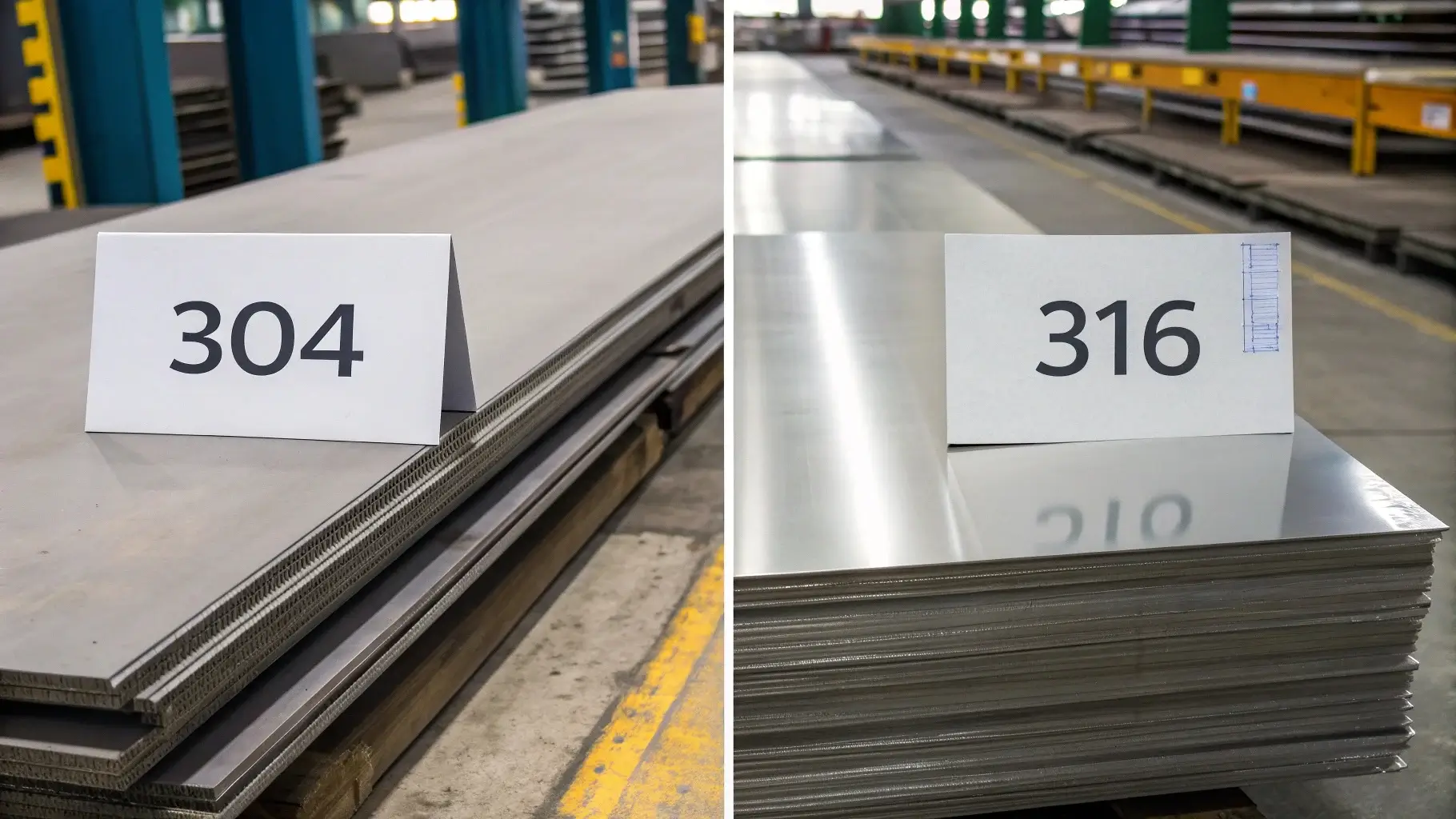
Which Grade Is Best?
| Grade | Key Elements | Corrosion Resistance | Best Use |
|---|---|---|---|
| 304 (18/8) | 18% Chromium, 8% Nickel | High | General food and drink use |
| 316 (18/10) | 16% Chromium, 10% Nickel, 2% Mo | Very High | Acidic or salty drinks2 |
| 201 | Low Nickel, Low Chromium | Low | Not recommended for drinkware |
Grade 304 is the standard in most bottles. Grade 316 costs more but offers added protection, especially for things like sports drinks or citrus juices.
How Does Stainless Steel React with Different Beverages?
Can you really pour coffee, lemon water, or soda into stainless steel?
Good stainless steel (304/316) is inert. That means it doesn’t react with acidic drinks like tea or juice, so it won’t change taste or leach metals.
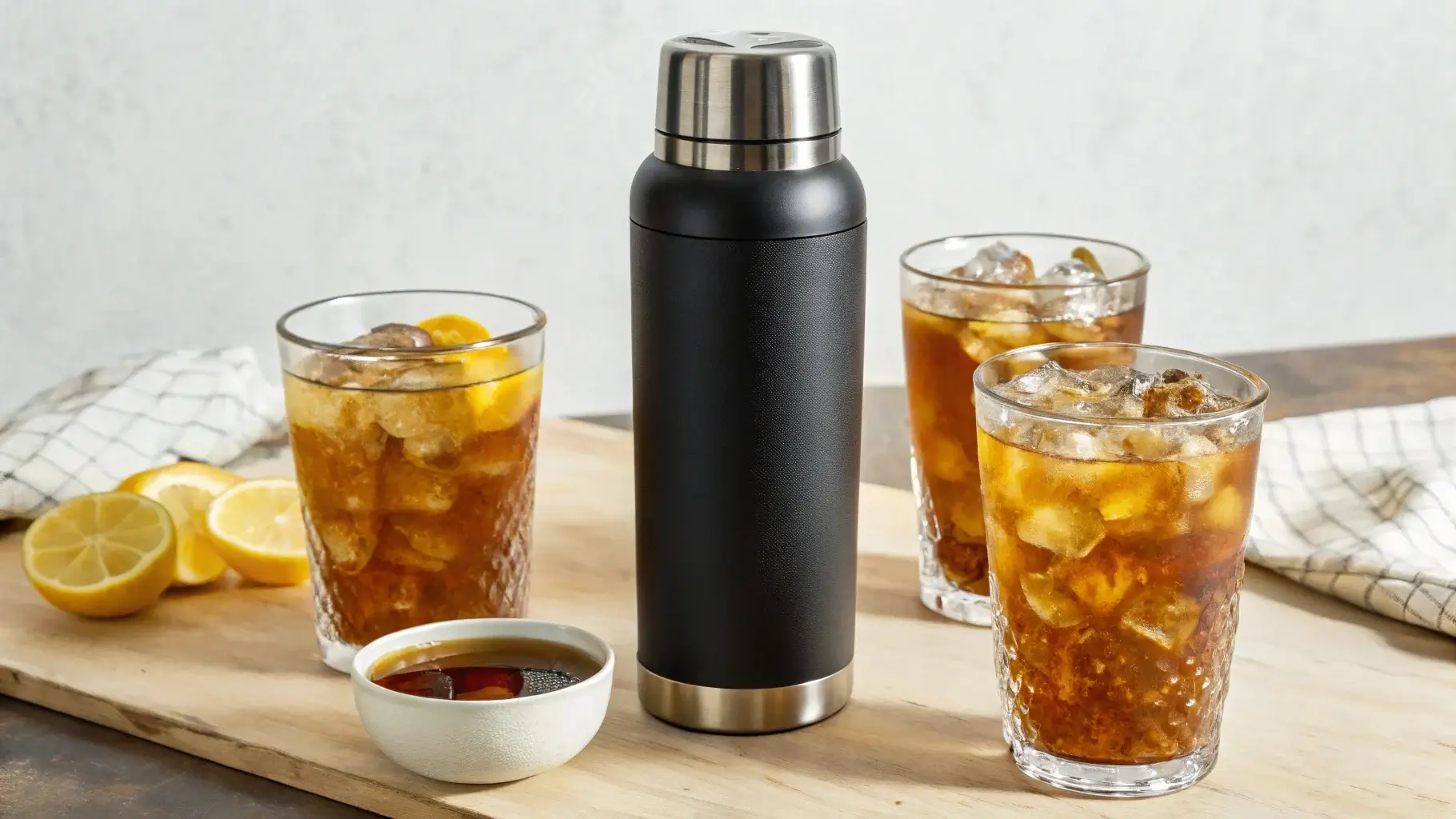
Is It Really Non-Reactive?
Yes. That’s why hospitals use stainless steel tools. In my own tests, lemon juice and tea left in my bottle for hours didn’t change the taste or color—and lab tests show no metal leaching in those conditions. But lower-grade bottles3, like those made from grade 201, may not perform the same.
Risks of Metal Leaching: What You Need to Know?
Some people worry about metal from the bottle getting into the water. Is that real?
Metal leaching is rare in certified food-grade stainless steel. Risk increases only with poor-quality materials and acidic liquids at high temperatures.
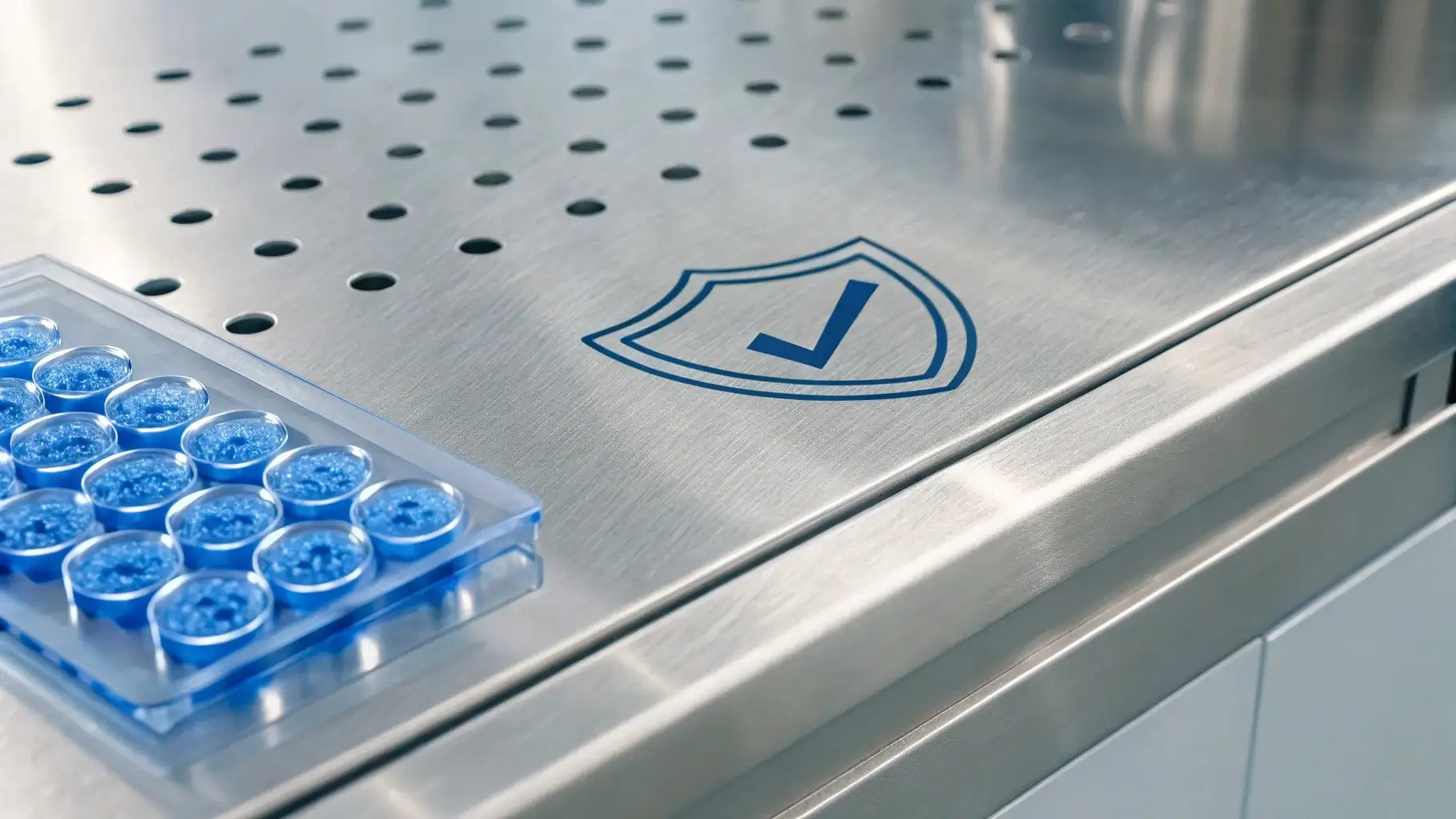
The Real Risks
Good bottles don’t leach. A 2020 consumer report found 93% of bottles made with 304 stainless steel showed no detectable leaching. But cheap or untested bottles4—often lacking certifications—can leach small amounts of nickel or chromium, especially when damaged or exposed to hot acidic liquids.
Comparing Stainless Steel to Plastic and Aluminum Bottles?
What’s better: steel, plastic, or aluminum? Here’s the head-to-head.
Stainless steel is safer and more durable than plastic or aluminum. It contains no BPA and doesn’t require chemical liners.
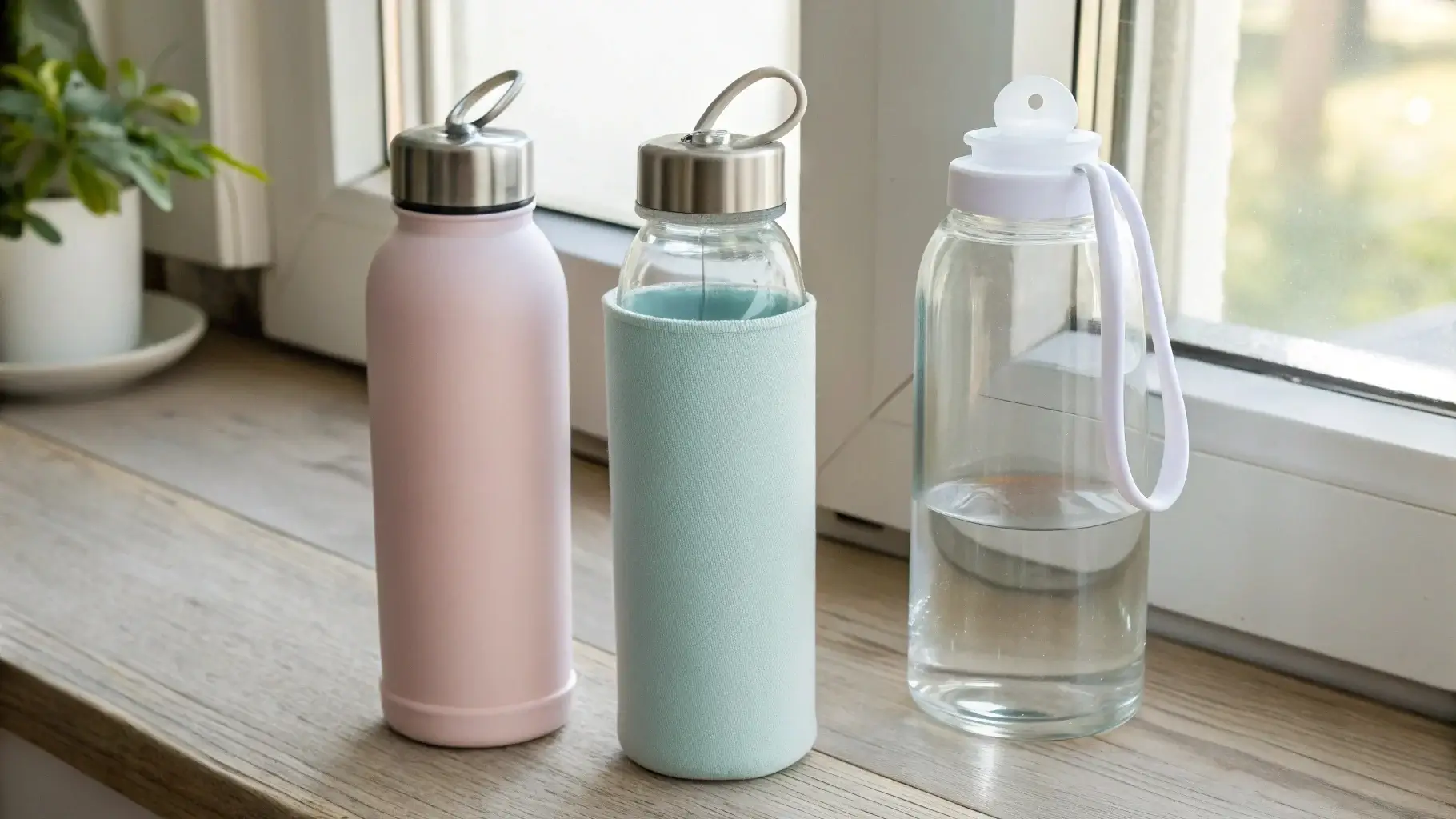
Why Stainless Steel Wins
- Plastic may contain BPA or microplastics, even if labeled BPA-free. It also wears out quickly.
- Aluminum bottles often need an inner liner, and some older linings contain BPA or other toxins.
- Stainless steel is stronger, doesn’t need a liner, and lasts for years with no health concerns.
In my business, we've had clients switch from plastic and aluminum to stainless steel after customer complaints about smells, taste, or health worries5.
Safety Standards and Certifications for Stainless Steel Bottles?
How can you be sure your stainless steel bottle is actually safe?
Look for certifications like FDA, LFGB, NSF, or REACH. These prove the product meets safety and leaching standards.
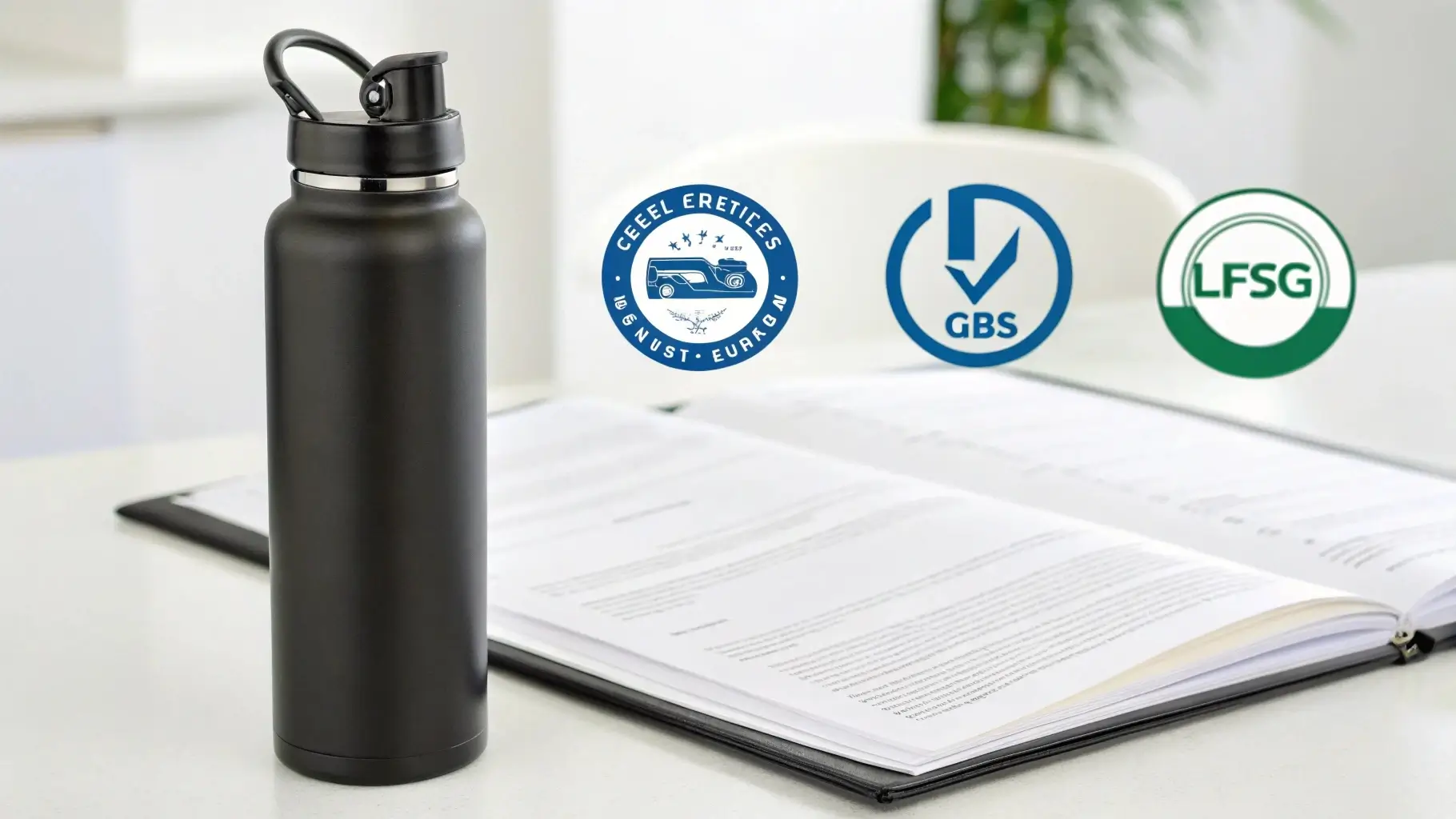
Key Safety Marks
- FDA (USA) – Confirms food contact safety
- LFGB (Europe) – Stricter than FDA; tests for odor/taste transfer
- NSF International – Independent global standard
- REACH (EU) – Controls chemicals in manufacturing
Always ask the supplier for test reports. At Sibottle, we routinely pass LFGB and FDA testing.
How to Choose a Safe Stainless Steel Water Bottle?
There are so many choices. What should you really look for?
Choose 304 or 316 stainless steel, a trusted supplier, and clear food-safe certifications. Avoid unclear or unlabeled bottles.
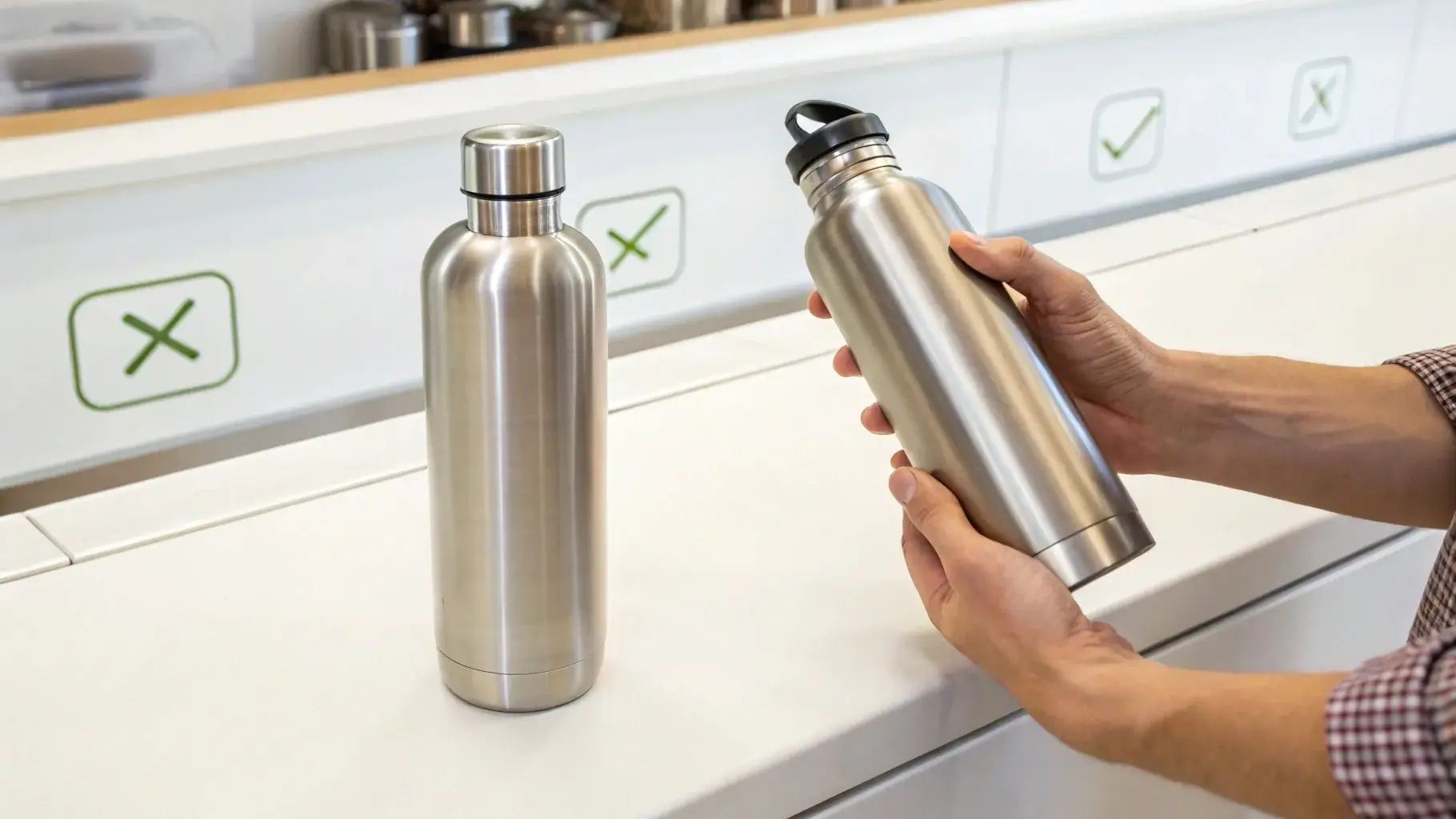
Buyer’s Checklist
- Look for 304 or 316 grade clearly printed or labeled.
- Ask for FDA, LFGB, or NSF test reports.
- Choose suppliers with a proven track record6.
- Avoid painted interiors or cheap coatings that may chip.
- For promotional buyers like Jack or Christina, ensure the product supports custom logos and colors without compromising the material safety.
Cleaning and Maintenance Tips to Ensure Safety?
Can bad cleaning make a safe bottle dangerous?
Yes. Poor cleaning can lead to bacterial buildup. Wash your bottle daily and dry it completely to keep it safe.
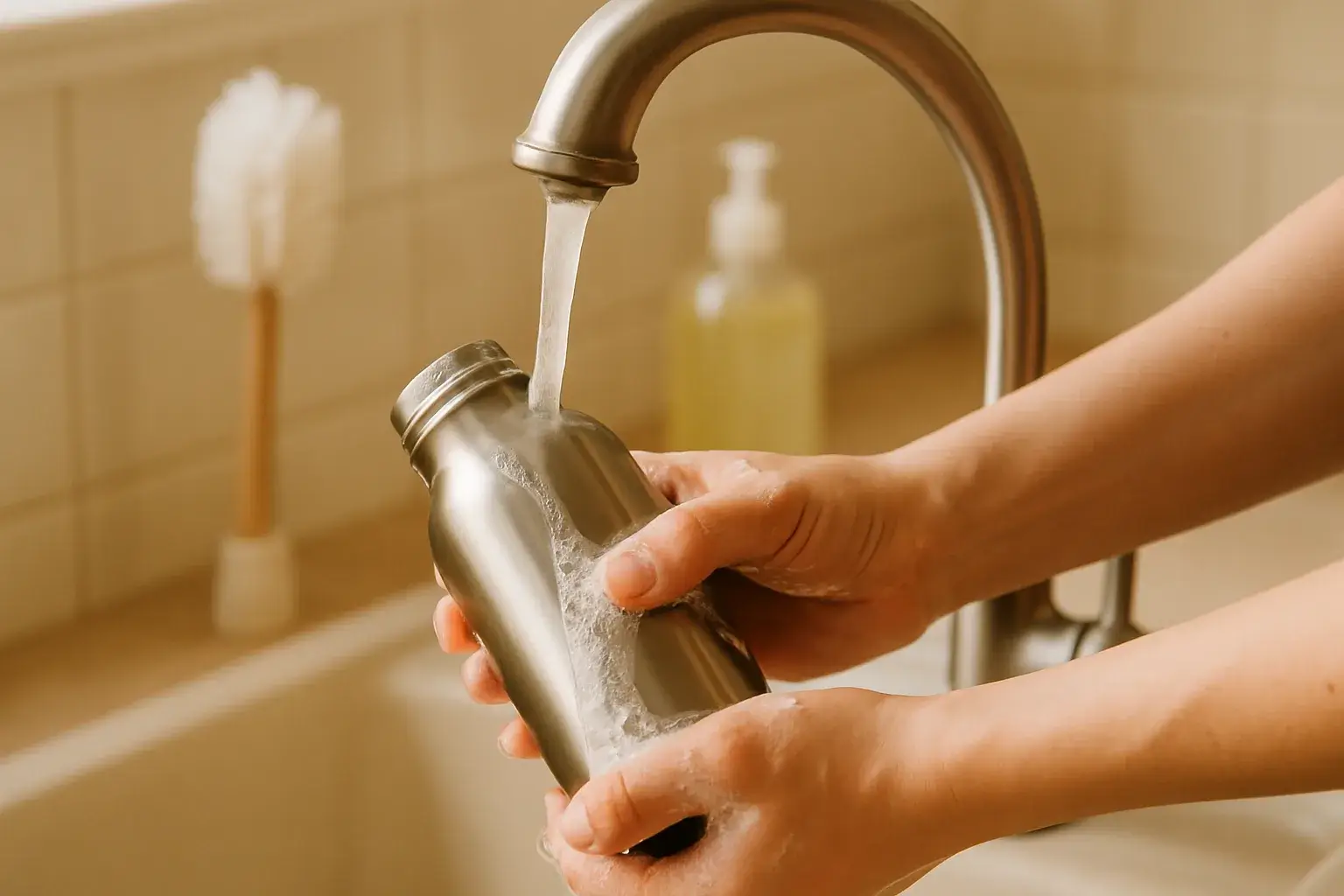
How I Keep Bottles Clean
Every night, I rinse my bottle with warm water and a few drops of dish soap. For deep cleaning, a mix of baking soda and vinegar7 does the trick. I also use a bottle brush for the narrow neck and dry it upside down to prevent moisture buildup.
Tips:
- Avoid bleach or harsh cleaners.
- Dishwasher safe (if labeled).
- Clean the lid and straw too—don’t skip those parts!
Environmental Benefits of Using Stainless Steel Bottles?
Is it better for the planet?
Yes. Stainless steel bottles reduce plastic waste, last longer, and are 100% recyclable.
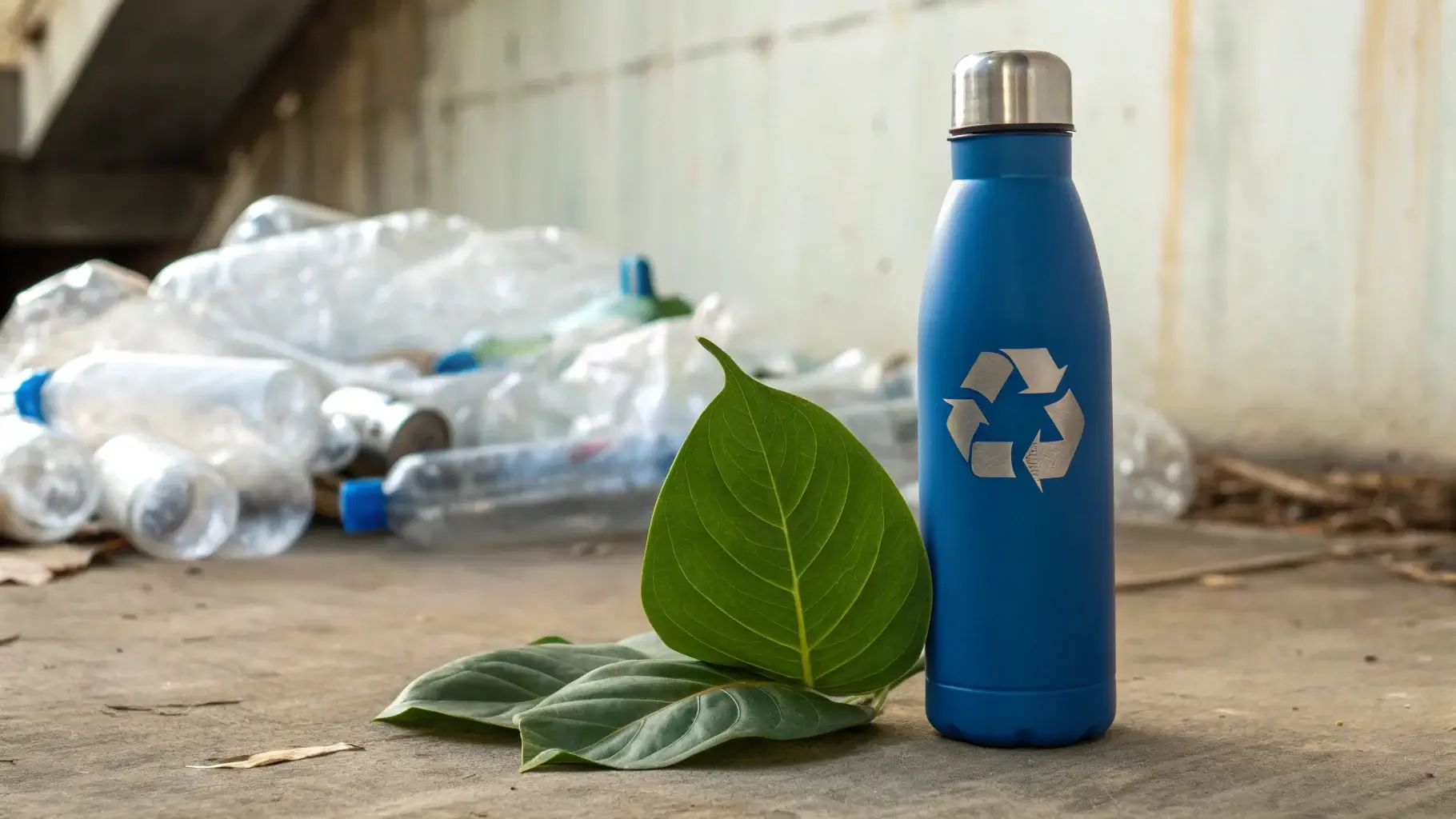
Eco Wins for Stainless Steel
One bottle can replace hundreds of single-use plastics. A 2022 UN report said plastic bottles are one of the top five ocean pollutants. Steel doesn’t just last—it’s also recyclable without loss of quality. And companies like ours help reduce waste with bulk manufacturing and sustainable packaging8.
Common Myths About Stainless Steel Safety Debunked?
Are scratches or dents really dangerous?
No. Surface scratches do not affect safety in high-quality stainless steel. And it does not leach metals in normal use.
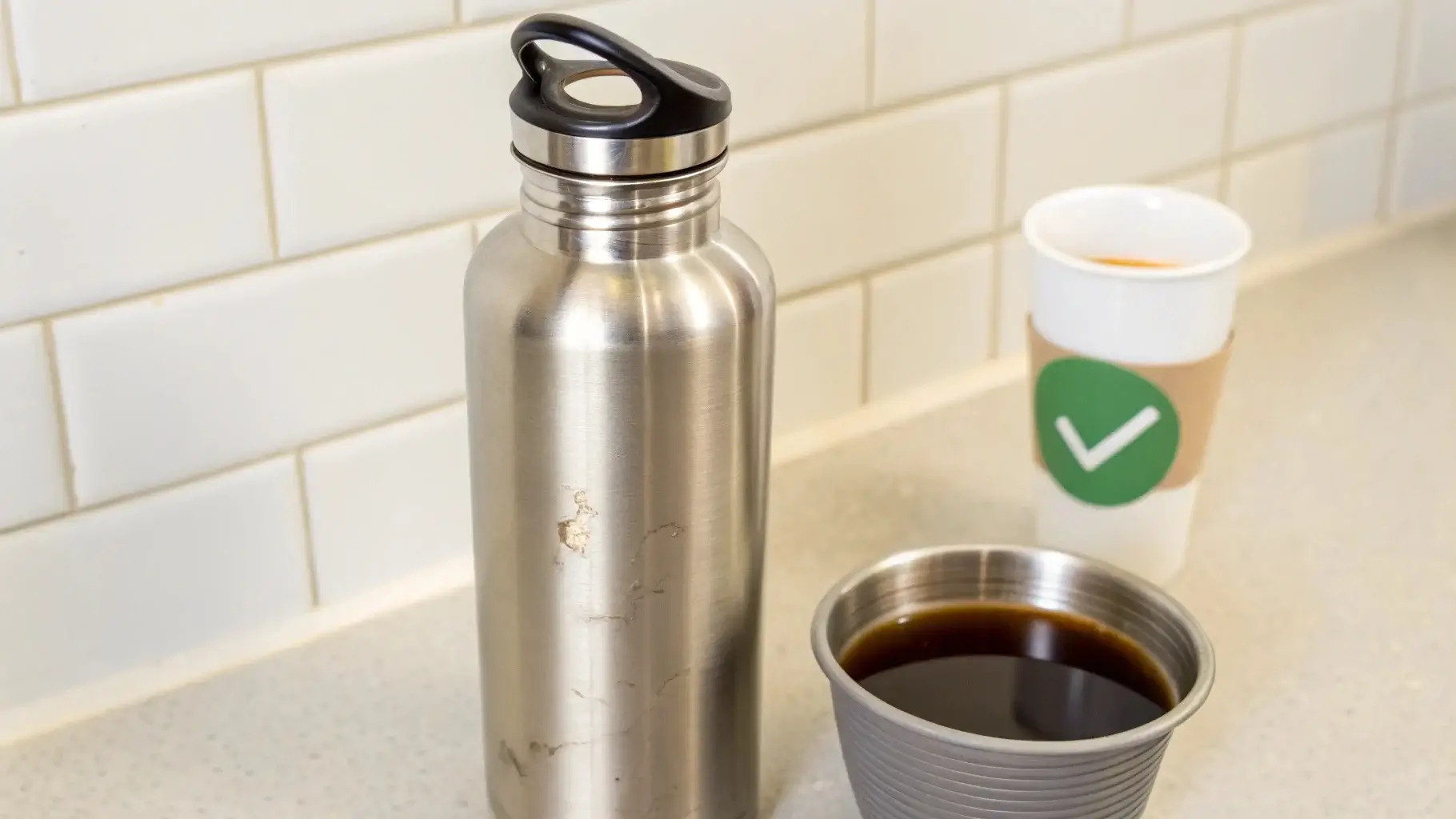
Let’s Set the Record Straight
Myth: Stainless steel makes water taste metallic.
Truth: Only low-quality or dirty bottles do.
Myth: Dents make it unsafe.
Truth: Minor dents don’t affect safety. Just check for deep cracks or damage to seals.
Myth: It leaches metals.
Truth: Not in certified 304/316 steel under normal use.
Conclusion
Stainless steel is safe, long-lasting, and better for health and the environment—when you choose the right grade and supplier.
-
Understand why stainless steel is ideal for reusable bottles ↩
-
See why 316 is preferred for acidic or salty beverages ↩
-
Compare performance differences in low-grade stainless bottles ↩
-
Learn the risks of untested or uncertified bottles ↩
-
Read how user complaints lead to switching materials ↩
-
Know why experience matters in safe drinkware sourcing ↩
-
Try this natural deep-clean method for your bottle ↩
-
See how bulk eco-friendly production supports sustainability ↩

